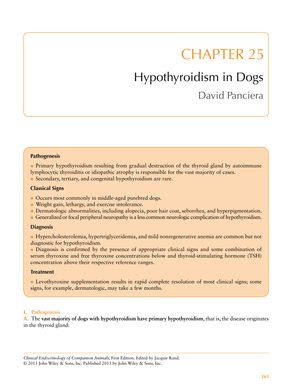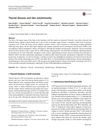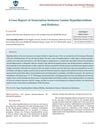Hypothyroidism in Dogs
January 2013

TLDR Hypothyroidism in dogs is usually caused by immune system issues or gland atrophy, affects middle-aged purebreds most, and is treatable with medication.
The 2013 document outlines that hypothyroidism in dogs is often caused by autoimmune lymphocytic thyroiditis or idiopathic atrophy of the thyroid gland, with middle-aged purebred dogs being most susceptible. Symptoms include weight gain, lethargy, and dermatologic issues like alopecia. Diagnosis relies on low serum thyroxine and free thyroxine levels, and elevated TSH levels, with serum free T4 being the most accurate test. Treatment with levothyroxine is effective, but dermatologic signs may take longer to resolve. The document also notes that certain breeds are at higher risk and that other conditions and medications can influence thyroid hormone levels. Secondary and tertiary hypothyroidism are rare, and while the prognosis is generally excellent, lack of response to treatment may suggest other diseases or poor drug bioavailability. Complications from treatment are rare, but hyperthyroidism symptoms are recognizable. No prevention for hypothyroidism is known, and the prognosis for dogs with myxedema coma or congenital hypothyroidism is less favorable.




